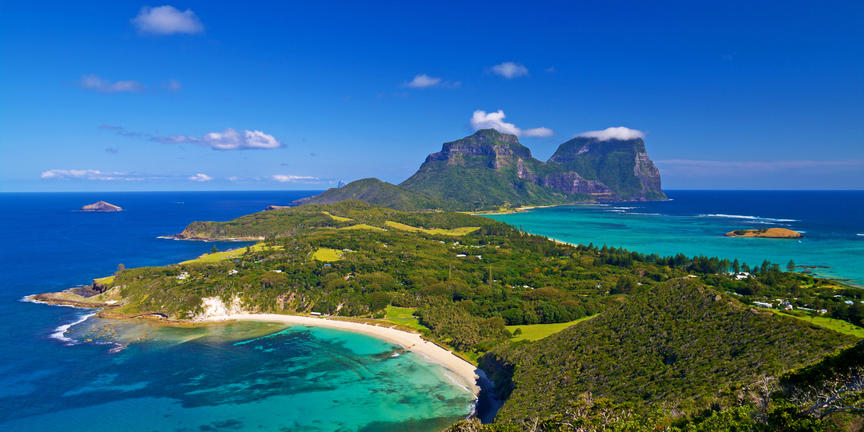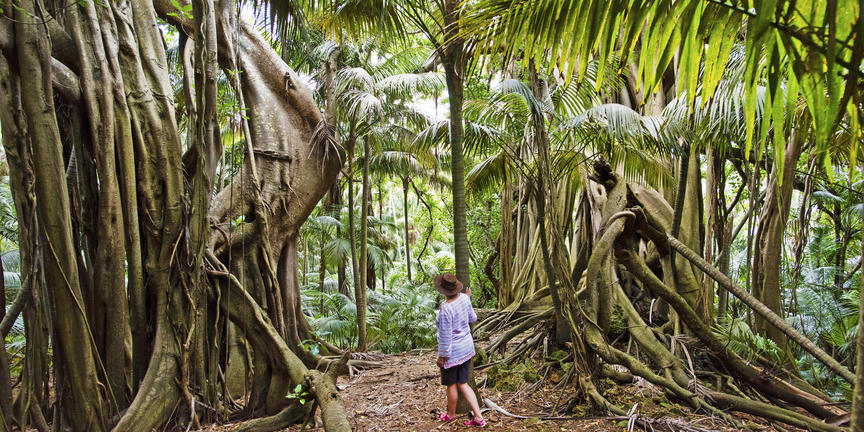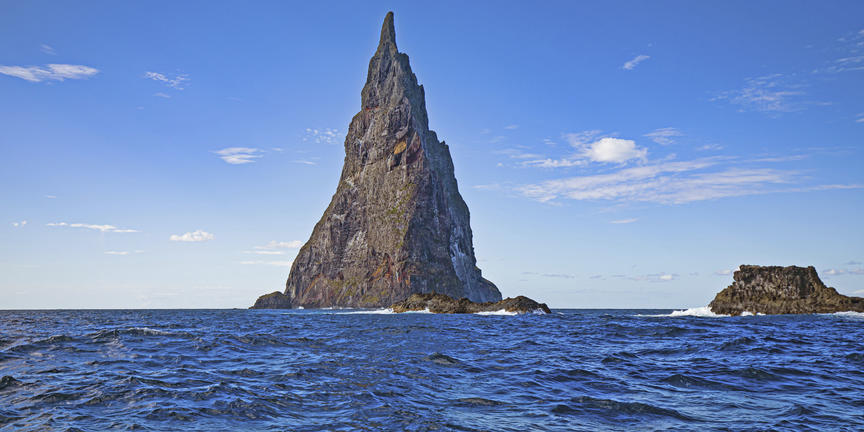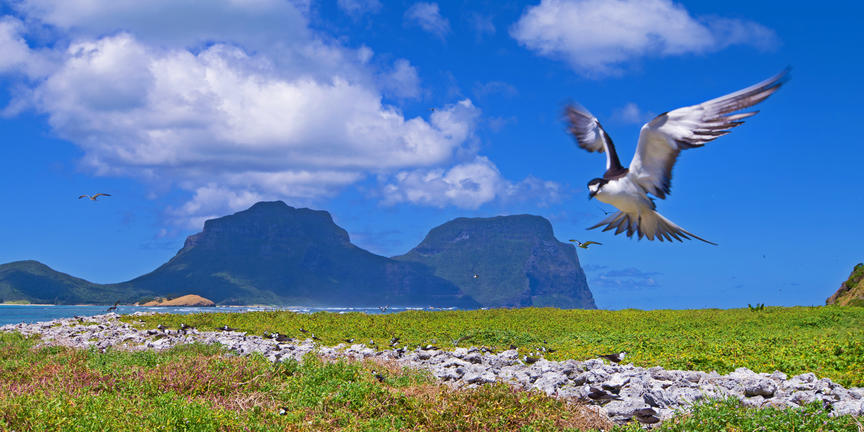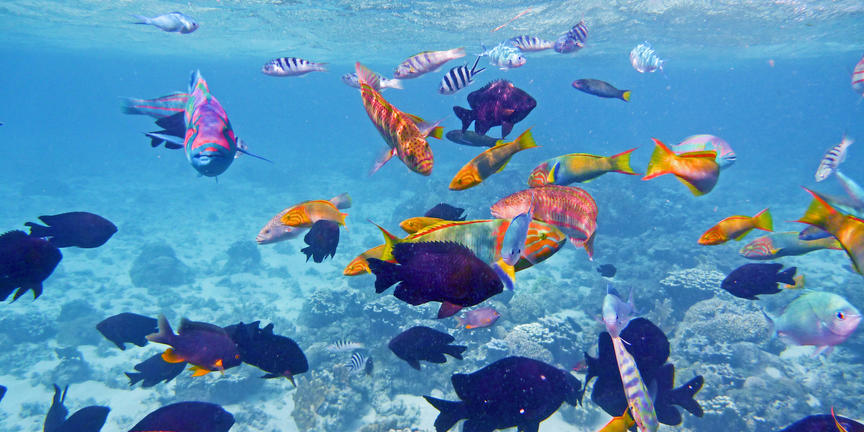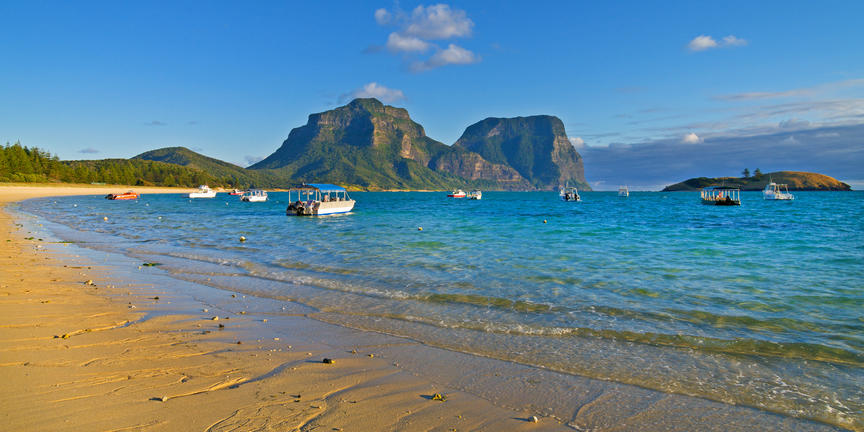Lord Howe Island is a ‘treasure island’ of extraordinary contrasts, with rugged volcanic peaks, lush forests, rolling surf and serene lagoons, Lord Howe Island is encircled by the world’s southern-most coral reef and was inscribed on the UNESCO World Heritage List in 1982. Long recognised for its pristine natural heritage, around 75% of the island is permanently preserved as a marine park and subtropical rainforest. Rising from the Tasman Sea just 700km northeast of Sydney, this tiny, breathtakingly beautiful island is just 11km long and 2.8km at widest. Around 300 people are lucky enough to call the Island home and visitor numbers are restricted to 400 at any one time to preserve its precious natural environment. Lord Howe Island and its surrounding islets are the eroded remnants of a large shield volcano that erupted from the ocean floor some 7 million years ago.
Lord Howe Island is considered an outstanding example of an island ecosystem developed from submarine volcanic activity, having a rare diversity of landscapes, flora and fauna (both marine and terrestrial). The high proportion of endemic species provides a superb illustration of independent evolutionary processes at work. The island has over 130 species of bird; the sheltering coral reef hosts over 500 species of fish and 90 different corals. The reef is in pristine condition, washed by the
cleanest ocean on the planet.
